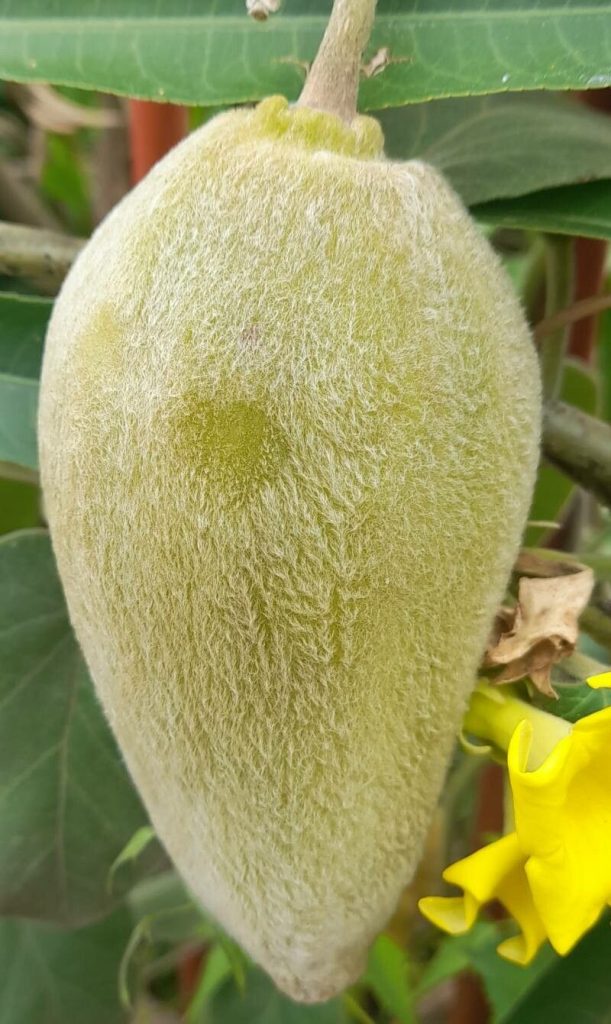Propagating the Showy Philibertia: A Gardener’s Guide to Philibertia speciosa
Philibertia speciosa, also known as the showy philibertia, is a captivating vine prized for its profuse blooms of vibrant, star-shaped flowers. Its cascading habit and relatively long blooming season makes it a popular choice among gardeners, especially for hanging baskets, trellises, and as ground cover. However, propagating this beauty can present unique challenges, making successful cultivation all the more rewarding. This guide explores various propagation methods to help aspiring gardeners successfully increase their stock of Philibertia speciosa.
Seed Germination:
Currently, there are no known reliable methods for seed germination propagation of Philibertia speciosa. While the plant does produce seeds, their germination rate is notoriously low, and successful germination, if achieved, is inconsistent and unpredictable. Further research is needed to explore the viability of seed propagation for this species.
Cuttings:
Cuttings represent a far more reliable method for propagating Philibertia speciosa.
Challenges: The success rate depends heavily on factors like the timing, the type of cutting used, and the rooting environment. Using older, hardened stems can drastically reduce the success rate.
Practical Tips: Semi-hardwood cuttings taken in late spring or early summer show the best results. Take 4-6 inch cuttings, removing lower leaves to prevent rotting. Dip the cut ends in a rooting hormone powder before planting them in a well-draining, moist propagation mix (e.g., perlite and peat moss). Maintain high humidity (e.g., using a humidity dome or propagator) and warmth (around 70-75°F). Once roots develop (typically 4-6 weeks), carefully transplant the rooted cuttings into individual pots.
Rewards: This method offers a relatively straightforward and efficient way to produce multiple plants from a single mother plant, providing a good supply of genetically identical plants.
Division:
Division is a viable option for propagating established Philibertia speciosa plants.
Challenges: This method is only effective for mature, well-established plants with ample root systems. Careless division can damage the plant, reducing its vigor and potentially killing it entirely.
Practical Tips: In late spring or early autumn, carefully dig up the mature plant. With a sharp, clean knife or spade, divide the root ball into sections, ensuring each section contains healthy roots and shoots. Replant each division immediately, ensuring they are adequately spaced and watered.
Rewards: Division is a quick method for increasing the number of plants and often results in plants that establish more readily than those grown from cuttings.
Tissue Culture:
Tissue culture offers the potential for large-scale propagation of Philibertia speciosa.
Challenges: Tissue culture requires specialized equipment, sterile conditions, and a high level of technical expertise. It is not a practical method for the average home gardener.
Practical Tips: Sterile techniques are critical. This involves using sterile media, tools, and a laminar flow hood. Appropriate growth hormones and media formulations specific to Philibertia speciosa will be required, necessitating experimentation.
Rewards: Mass propagation is achievable, offering a potential for large-scale commercial propagation and the preservation of genetic material.
Conclusion:
Propagating Philibertia speciosa presents a range of challenges depending on the chosen method. While seed propagation remains unreliable, cuttings offer a relatively accessible and successful method for the home gardener. Division provides a straightforward approach for established plants, and tissue culture opens a path towards large-scale propagation, although it requires specialized skills and equipment. The success you achieve, however, is deeply rewarding. The unique beauty of the showy philibertia, coupled with the effort invested in its propagation, brings a distinct sense of accomplishment, demonstrating the mastery of horticultural skill. Don’t be disheartened by initial setbacks – persevere, experiment, and enjoy the journey of cultivating this stunning vine.
